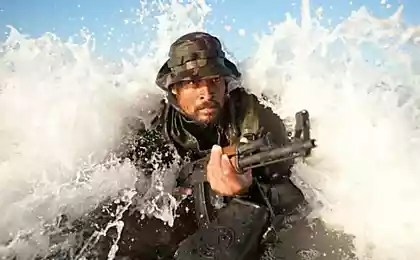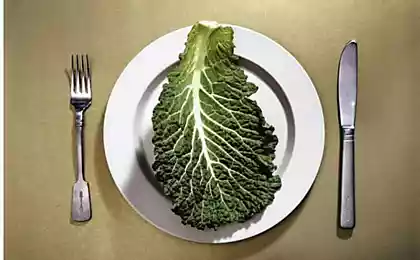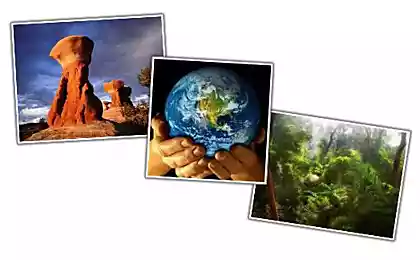507
Six extravagant methods of power from the depths of the oceans

The marine life at the same time and charming, and frightening. Some create beautiful on the outside but inside them lies a real darkness. And some of the most unusual aspects of the existence of deep-sea animals occur when they proceed to lunch. We offer you to learn about the six methods the most impressive marine creatures.
Jellyfish

Jellyfish, corals and anemones are among the cnidarian, having stinging cells (nematocysts) on the tentacles. Jellyfish, drifting slowly, gracefully fanning and reducing your bell while catching unsuspecting creatures these poisonous tentacles. After that they send food in the digestive tract with oral tentacles that surround the oral aperture.
Pink and yellow sea cucumbers
Speaking of tentacles, it should be noted another excellent way to catch the prey which is shown by pink and yellow sea cucumbers and their relatives. The creation of this kind find a nice place where the water flows, and then stretch out their colorful tentacles to capture passing food particles. After that, holothuria gracefully puts each tentacle individually into his mouth and eats all the good stuff. This is similar to the process of food using a rotating set of flexible plugs.
Sea lilies

The tentacles of holothurians is similar to the tubular slime-covered limbs used by their distant relatives the sea lilies. They raise and pull all their limbs, and their sticky surface is great for taking prey. Passing plankton, bacteria and detritus easily fall into the mucous trap.
Then the tubular limb which is furthest away from your mouth, sea lilies, bent to be closer to a neighboring limb, which is wrapped around the first tentacle and takes away the sticky treat. The next limb is doing the same thing, that is wrapped around the nearby tentacles and scrapes with its food. Thus, food is delivered to the mouth of the sea Lily.
Appendicularia

There are other animals such as appendicularia that use mucus to gather food. They, as a rule, a length of a few inches and like tadpoles because of the round body and long tail. In themselves they are difficult to find attractive creatures, but they use a method of finding food worth mentioning.
Appendicularia building its own mucous house, which serves as a filter for small ocean food. The movement of the tail create a flow that supports sticky network in an open condition and brings her food. When the filters become clogged, appendicularia simply discards the old house and approximately every hour creates a new, ready to be filled with even more delicious treat.
Thrown out of the house continue across the food chain, becoming a tasty lunch for deep-sea animals. They quickly sink to the bottom, as caused by material makes them quite heavy. The fact that most of these food falls to the ocean floor very slowly, and often eat it on the way, but the design of appendicularia fall so fast that deep-sea creatures can fully enjoy the whole package is quite fresh food.
Humpback whales
Humpback whales form groups, and then precisely coordinate their actions with the help of air bubbles forcing schools of fish in a certain place. When small fish are herded into a single school, creating a big lunch, the whales swim up through it with an open mouth.
Starfish
Imagine a clam, feeling safe in my own shell. Suddenly appears and begins to tease her in an attempt to open, showing the intention to eat a tiny creation inside.
But the fact that the muscles of clams unusually strong, but because the sea star is able to access the sink, only when the victim is small enough. But the starfish has another ability – she can turn the stomach. And if she managed a little to lift the shell, it pushes into the gap formed stomach, digesting the host right in his house.
Source: facepla.net























